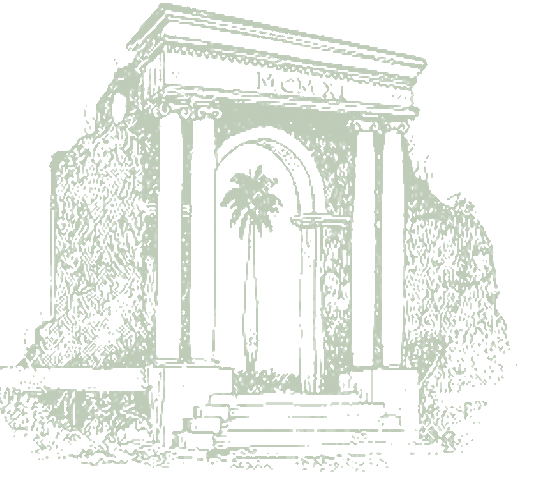HOMEABOUTACTIVITIESGALLERYNEWSAFFILIATIONSCALENDARCONTACT US! |
|
Brenda María Soler Figueroa • Hometown: Ponce, Puerto Rico • Undergraduate Education: University of Puerto Rico at Humacao • Degree obtained: B.Sc. Coastal Marine Biology & • Graduate Education: University of Puerto Rico at Mayagüez • Degree obtained: M.Sc. in Biological Oceanography • Graduate Advisor: Ernesto Otero, Ph.D. • Area of Specialization: Biological Oceanography • Research Interest: Ecology of phytoplankton and harmful algal blooms, bioluminescent bay dynamics, bioluminescent measurements and water quality surveys.
Project Experience
Research Project Deciphering Phosphorescent Bay: New approaches towards the understanding of this unique ecosystem For decades, Bioluminescent Bays (BB) have intrigued and puzzled researchers due to the high and almost complete dominance of the bioluminescent dinoflagellate Pyrodinium bahamense var. bahamense. However, in recent years the overall community is concerned due to the decreases in the abundances of this species observed at Phosphorescent Bay, one of the most important BB. Instead, temporal fluctuations with a non-bioluminescent dinoflagellate, Ceratium furca var. hircus, have been reported. The lack of continuous and extensive monitoring studies has been one of the major barriers in deciphering what mechanisms drives the fluctuations of species in this bay. In addition, it is believed that continued encroachment of human populations have promoted the degradation and alteration of the normal functioning of this coastal ecosystem. The goal of this research is to identify the links between the environmental and meteorological conditions and the temporal variability of P. bahamense and C. furca at Phosphorescent Bay. To achieve this, this study will be conducted with a high temporal and spatial resolution and will include relevant variables (i.e., nutrients, dissolved organic matter fluorescence, chlorophyll, turbidity, pH, dissolved oxygen, salinity, temperature, wind speed and direction and rainfall events). Additionally, this study will determine, by means of mesocosm experiments, how changes in nutrient regimens affect the presence and abundances of both species. This study will also describe and quantify, for the first time, how the water circulation, mixing, and stratification processes in the bay modulates the distribution and abundance of dinoflagellate populations. Results of this study are intended to establish effective management and conservation practices at Phosphorescent Bay. In addition, results will be shared with the scientific community and educational strategies will be implemented into GK-12 and community programs. The community response is the first step towards the implementation of effective management policies.
Publications and Presentations
Fellowships and Awards
Web Counter 93661 |



